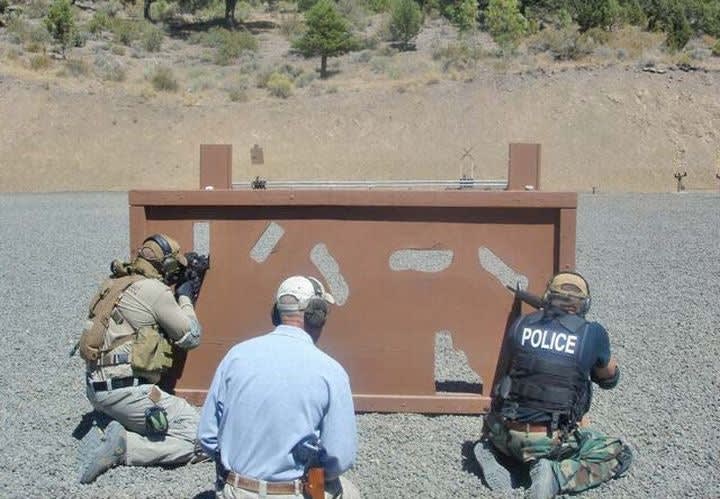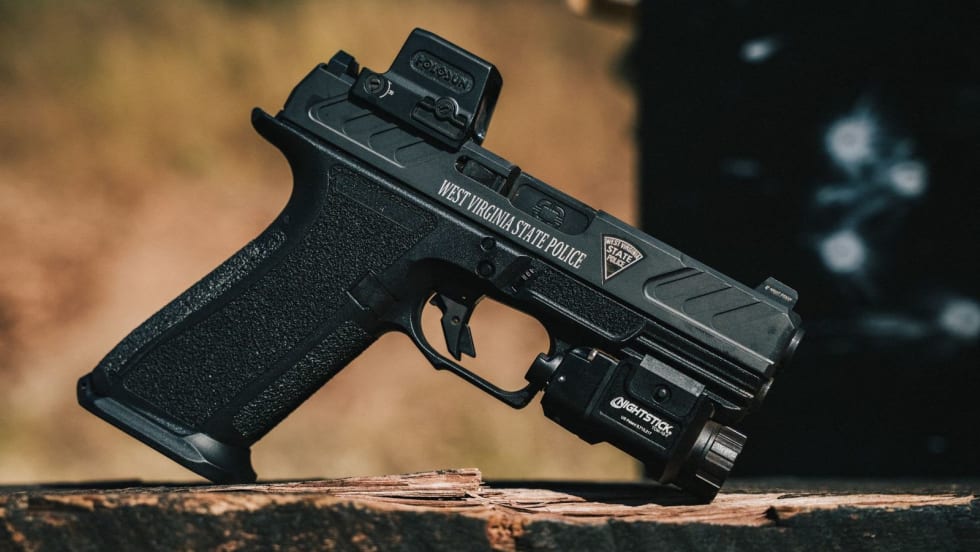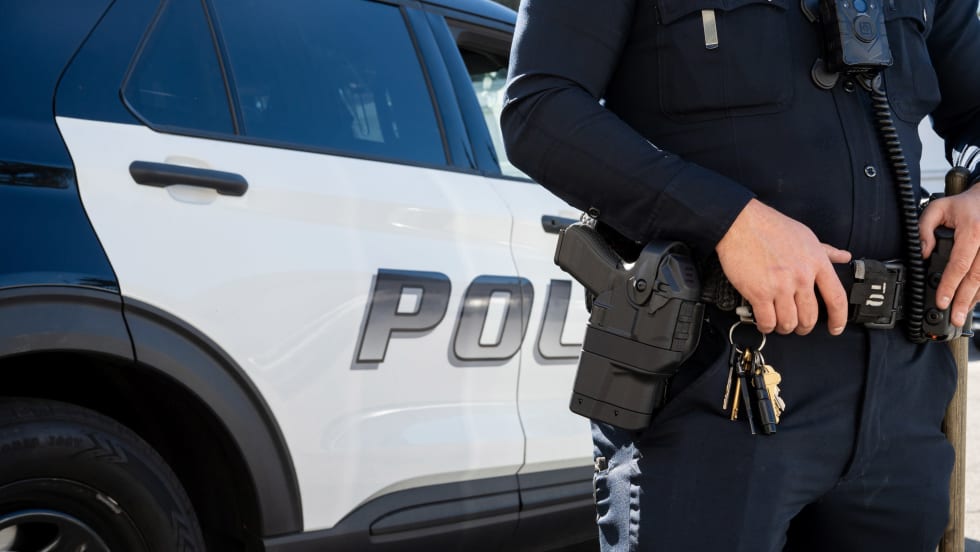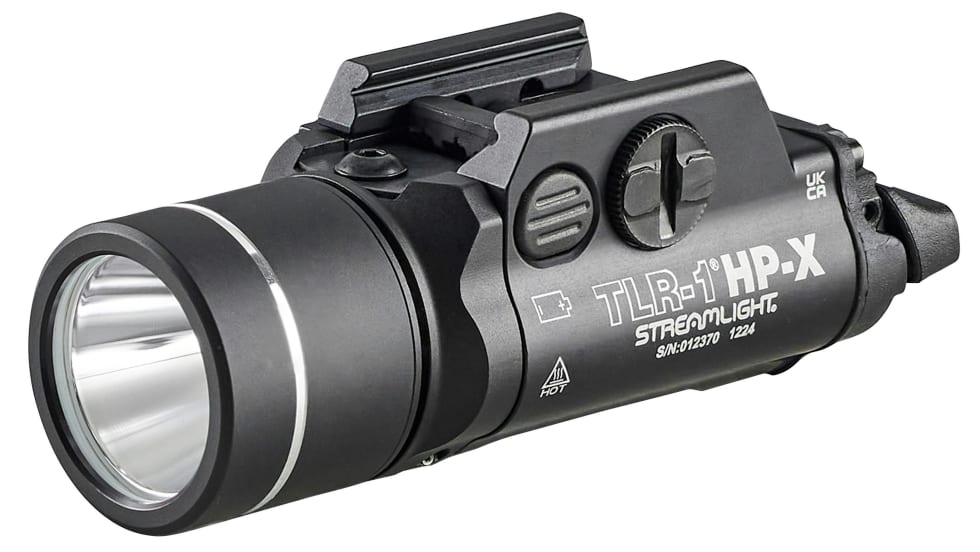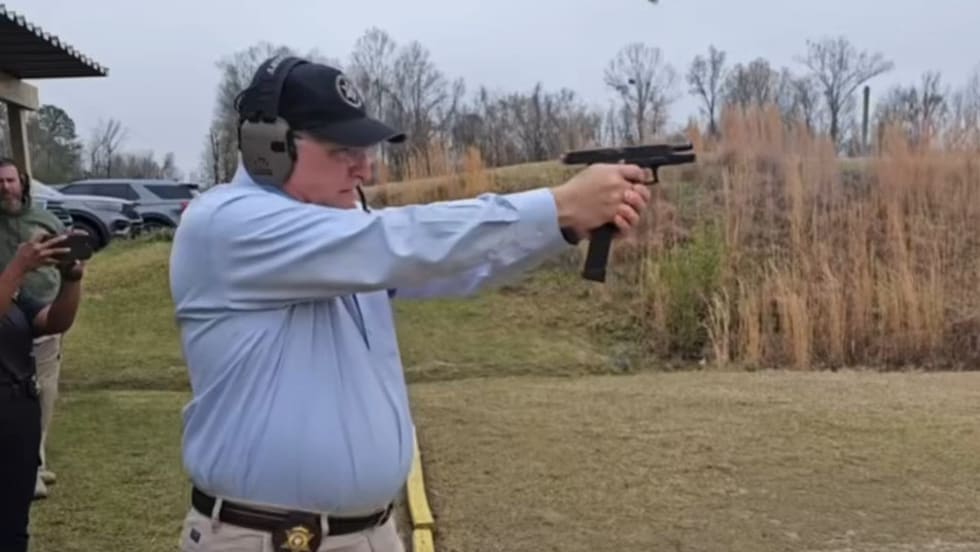In all candor, some of these less-than lethal tools and their proposed applications are "good concepts mugged by a gang of facts" and often entice us to rely heavily on them to work. In reality, the less-than lethal tools do not always perform as expected. Not to be dismayed, though; many things often aren't what they were cracked up to be. All of which brings us handily to a point where we should consider some basic fundamentals about all this conflict that we seem to be facing with distressing regularity. Technology is nice, but what if it fails?
There is an old military axiom that declares we should be able to "shoot, move and communicate" to be effective in conflict. The military approach, of course, means what it says, literally. To "shoot" actually means shooting, but more importantly, also hitting the threat since only hits may stop the threat. "Move" or moving simply means to maneuver to a position of cover or concealment or to a place where one could potentially get better target acquisition (if I can see the threat I have a better chance of hitting it). "Communicate" or communications to the military means to communicate with each other from a unit-to-unit standpoint and to have communication access to supporting fires that can be brought to bear against threats. To the military, these are remarkably sound principles.
Could these principles apply to current law enforcement officers or operations?
Actually, yes, but in a slightly different way. By developing these principles even further, they can broaden the base of knowledge of law enforcement officers and their ability to function more effectively in use-of-force encounters. The principles first need to be revised, however, not changed. This revision would more appropriately fit the needs of the law enforcement community.
By adding these three simple concepts, cops can more effectively protect themselves from not only injury or death, but also from the specter of litigation in some cases.


